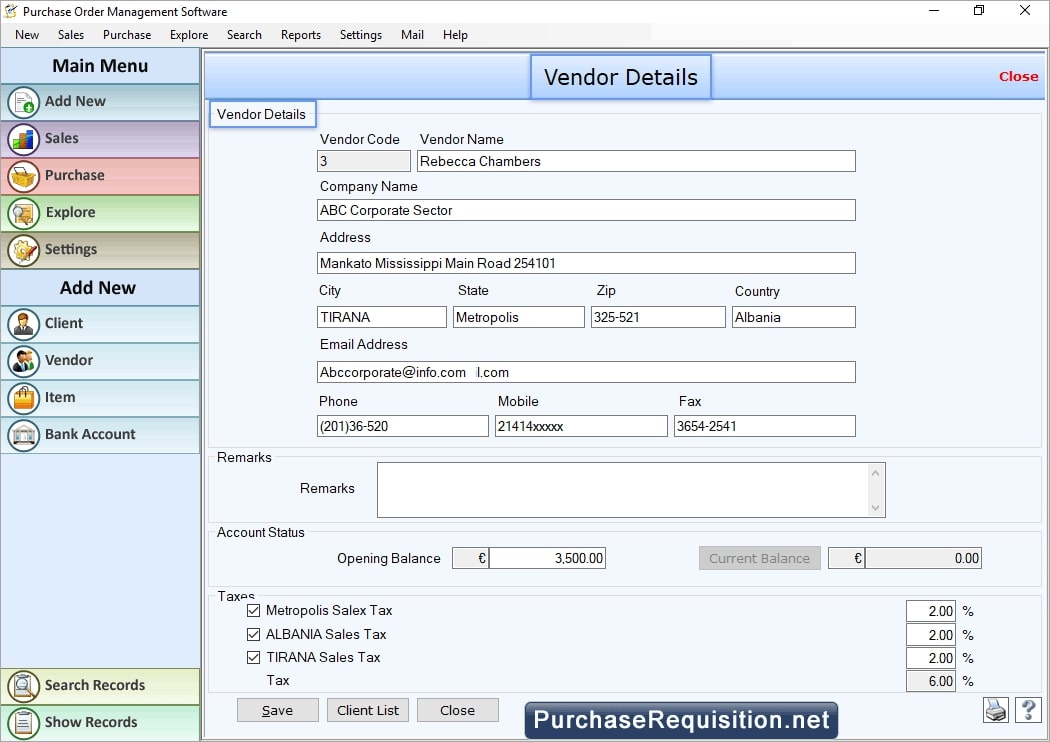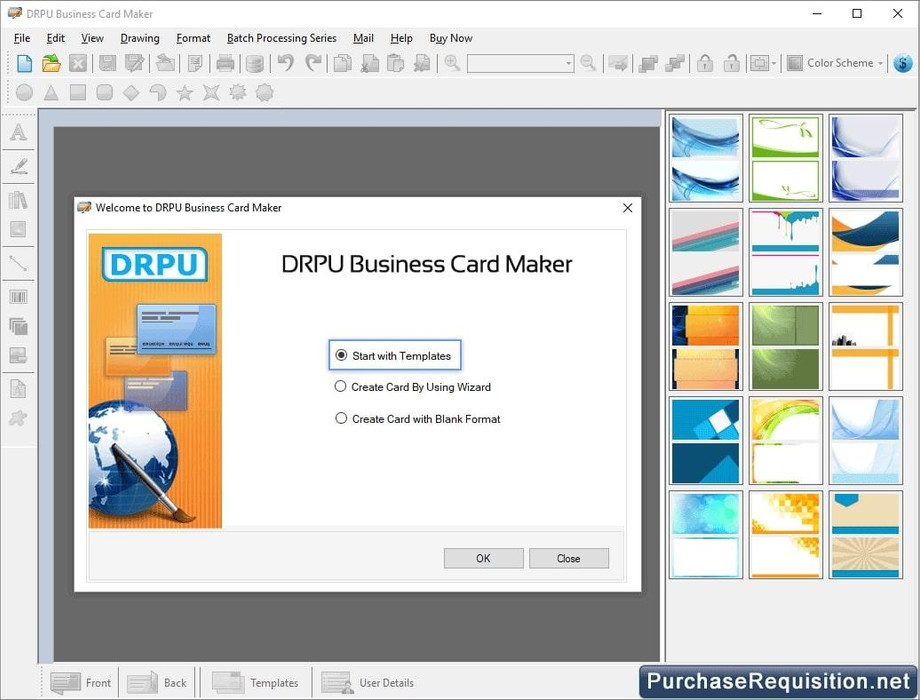
How to make purchase order in erp
ERP is a term that is widely used yet probably not well understood. It stands for Enterprise Resource Planning and although it was initially targeted to manufacturing companies, today it encompasses any product that can be used across an enterprise. When implemented effectively, ERP enables companies to break down traditional organizational silos, replacing them with a tightly integrated horizontal structure in which strategy, organizational structure, process and technology are closely aligned. Applications can include financial, distribution, manufacturing, human resources, payroll, and project costing.
There is a lot of confusion between an accounting system and ERP. In the past, an accounting system was limited to just financials, but that has changed over the last few years and it's now hard to distinguish between an accounting system and an ERP system. The difference between them is a matter of degree as can be seen in the following chart.
CSFs are defined as those things that you must do well in order to be successful. You can use CSFs as a way to determine whether a requirement is really critical. If a requirement can't be mapped directly to a CSF, then it's not critical.
Define measurements of success
Before starting any project, you should know how to measure success in terms of saving money by streamlining operations, increasing revenues, increasing market share... Measurements of success act as a motivator for staff during the implementation, help keep the project on track and focus effort on attaining important business objectives.
Understand existing business process and seek opportunities for business process improvement
Until you have understood the existing business process, you are not ready. Employees may not know that what they are doing is atypical. Roll up your sleeves and talk to the people who do the work. Remember the devil is in the details. Along the way, your value add may be in identifying ways to improve business process.
Don't be ambiguous in the definition of requirements
The more ambiguous the requirement, the more interpretation in whether a particular vendor meets the requirement. You need to be precise so that you can compare apples to apples.
Don't waste time on basic functionality
Systems have matured to the point where the basics are done well. Focus only on the requirements that are unique or could vary by vendor.
Manage scope, budget and timing
purchase order management software is the key factor in predicting success of any project. Project management includes management of scope, budget and timing. Rather than using the school of hard knocks, you should consider working with a structured methodology such as published by the Project Management Institute (PMI)
Get employee involvement
Recognize the significant amount of employee knowledge and the potential contribution of the employees. Unfortunately, the knowledge is typically in the heads of the employees and care must be taken to include their input. At the same time, you are effectively including them in the process and securing their buy-in for the process.
Assign an internal champion
An internal champion should be allocated to the project. Even the most difficult projects can become successful when you have an internal champion who is ready to do whatever it takes to get the job done. It is best to assign the internal champion at the beginning of the system selection project to ensure their commitment and agreement with the system selected.
Manage the risks
Seek out potential risks, their impact, and their likelihood of occurring. Encourage all interested parties to develop strategies to mitigate the risks. Every organization has at least 1 naysayer, who can cause a lot of problems, but who is also very knowledgeable. The naysayers must be included in the risk management process. By getting their input early, you can avoid problems and you effectively limit their negativity.
Ensure management buy-in
Communicate scope of project and get sign off at critical steps along the way. Management should develop or ratify the measurements of success
ERP is a term that is widely used yet probably not well understood. It stands for Enterprise Resource Planning and although it was initially targeted to manufacturing companies, today it encompasses any product that can be used across an enterprise. When implemented effectively, ERP enables companies to break down traditional organizational silos, replacing them with a tightly integrated horizontal structure in which strategy, organizational structure, process and technology are closely aligned. Applications can include financial, distribution, manufacturing, human resources, payroll, and project costing.
How to make a purchase order in tally
There is a lot of confusion between an accounting system and ERP. In the past, an accounting system was limited to just financials, but that has changed over the last few years and it's now hard to distinguish between an accounting system and an ERP system. The difference between them is a matter of degree as can be seen in the following chart.
CSFs are defined as those things that you must do well in order to be successful. You can use CSFs as a way to determine whether a requirement is really critical. If a requirement can't be mapped directly to a CSF, then it's not critical.
Define measurements of success
Before starting any project, you should know how to measure success in terms of saving money by streamlining operations, increasing revenues, increasing market share... Measurements of success act as a motivator for staff during the implementation, help keep the project on track and focus effort on attaining important business objectives.
Understand existing business process and seek opportunities for business process improvement
Until you have understood the existing business process, you are not ready. Employees may not know that what they are doing is atypical. Roll up your sleeves and talk to the people who do the work. Remember the devil is in the details. Along the way, your value add may be in identifying ways to improve business process.
Don't be ambiguous in the definition of requirements
The more ambiguous the requirement, the more interpretation in whether a particular vendor meets the requirement. You need to be precise so that you can compare apples to apples.
Don't waste time on basic functionality
Systems have matured to the point where the basics are done well. Focus only on the requirements that are unique or could vary by vendor.
Manage scope, budget and timing
online purchase order system is the key factor in predicting success of any project. Project management includes management of scope, budget and timing. Rather than using the school of hard knocks, you should consider working with a structured methodology such as published by the Project Management Institute (PMI).
Get employee involvement
Recognize the significant amount of employee knowledge and the potential contribution of the employees. Unfortunately, the knowledge is typically in the heads of the employees and care must be taken to include their input. At the same time, you are effectively including them in the process and securing their buy-in for the process.
Assign an internal champion
An internal champion should be allocated to the project. Even the most difficult projects can become successful when you have an internal champion who is ready to do whatever it takes to get the job done. It is best to assign the internal champion at the beginning of the system selection project to ensure their commitment and agreement with the system selected.
Manage the risks
Seek out potential risks, their impact, and their likelihood of occurring. Encourage all interested parties to develop strategies to mitigate the risks. Every organization has at least 1 naysayer, who can cause a lot of problems, but who is also very knowledgeable. The naysayers must be included in the risk management process. By getting their input early, you can avoid problems and you effectively limit their negativity.
Ensure management buy-in
Communicate scope of project and get sign off at critical steps along the way. Management should develop or ratify the measurements of success.




Load more comments